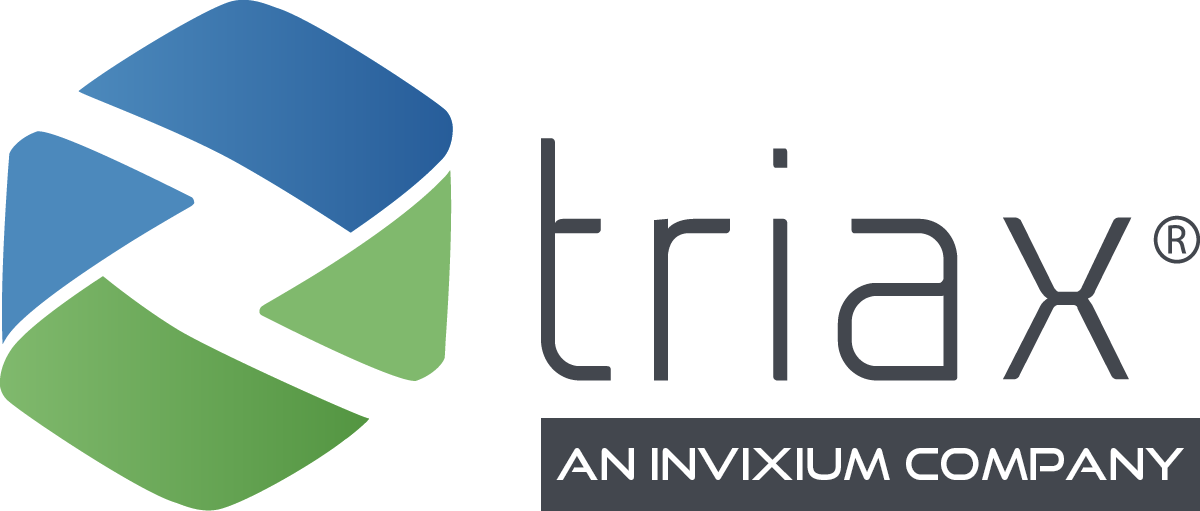In part 2 of this series, we will dispel myths about data collection technology for industrial sites.
A workforce productivity platform promises many exciting benefits including identification of trends that prevent work from happening. This can quickly lead to a significant reduction in costs and can also identify opportunities for key safety interventions.
But how do you capture the data needed for trend identification? Does the hassle of implementation outweigh the positive outcomes?
Worksite IoT Deployment
Data collection methods, including wearables and computer vision, at their core, are IoT devices. With 14.4B active IoT connections in the world right now, there are plenty of cautionary tales when it comes to implementation challenges. For industrial sites, a less than smooth deployment can mean months of interruption as contractors install wifi access points and run power. That’s not to mention the millions of dollars lost to setup costs.
When choosing a technology partner, it’s important to take a close look at how the solution achieves connectivity and how far you’ll be from ROI once the data collection technology is deployed on site.
Questions to Ask Before Implementing a Worksite IoT Solution
The internet of things (IoT) is positioned to significantly increase worksite safety and workplace visibility for multiple industries. Labor productivity and activity data is often hard to capture in rugged environments.
Here are some of the questions you should ask when choosing an IoT solution for your worksite.
1. How will IoT help my team?
Before incorporating internet of things technology (IoT) into your worksite, develop a clear strategy to assess whether it will enable fundamental improvements to the problems you want to solve. Are you over budget on labor and unsure why delays continue to occur against key milestones? Engage with all of the relevant key stakeholders and begin to address the impact IoT technology can have on daily operations. Think about how you might reallocate resources once you begin to recognize gains in productivity and safety.
2. How does IoT help us outperform the competition?
When choosing an IoT worksite solution, look for indications that implementing a technology would result in long-term returns and competitive advantage. IoT technology can provide access to a new pool of data the competition is likely unable to gather. Be sure to ask potential partners how their platform can be utilized to gain valuable insights into hard-to-capture data.
3. Does your provider work with multiple heavy industrial and energy clients?
With such a wide range of IoT provider solutions, it is common to come across providers who aren’t specific to your industry. Take time to ask your potential provider for case studies on their IoT solution that match your industry. It is imperative to work with a provider who not only understands your industry but also fosters a collaborative relationship with your business.
How Long Does the IoT Technology Implementation Process Usually Take?
The average time-to-market for many IoT technology implementations is 18-24 months. But that’s just to get started. Depending on the type of IoT solution at play, ROI could be years away as you work toward reaching critical mass.
At Triax, we pride ourselves on fast, painless deployments. Many are completed within a week, and our clients can expect to fully deploy in under a month. Once our solution is implemented, our clients often see the results in less than a quarter. Many see a 10x ROI, meaning that our product often costs a fraction of the money it saves companies in labor productivity on site.
What Are Some Challenges and Delays During IoT implementations?
With any implementation, there are a number of technical elements at play. Data can be collected in a variety of ways (including a wearable device or facial recognition camera) as a sensor, that is then shared across a network and then processed by a SaaS system. In other words, there are more moving pieces involved than meets the eye. We can think about IoT data capture options across 5 key components: the device itself, communication across a network, cloud services, applications and security.
Second, implementation doesn’t automatically mean adoption. Plugging in a wearable data capture device doesn’t mean people will use it properly—or at all. You need buy-in from key stakeholders and clear change management messaging for users on how the solution works, why you’re adopting it and what they will need to do differently moving forward.
At Triax, we take the time up front to understand our clients’ business. We then leverage our 10+ years of expertise to advise them how they can best use our solution to their advantage. When we move to installation, everyone is prepared to execute as efficiently as possible. In terms of physically placing network gateways to enable data capture, we also have a set formula based on the size of a site to help determine hardware requirements for optimal data collection.
We can deploy in a number of ways, from a virtual installation to a full on-site service with a small crew. The process is streamlined, fast and requires minimal IT involvement from your team.
Triax Technologies: Worksite IoT Implementation Made Easy
Before you choose a technology product or service, it’s critical to ask the hard questions and make informed decisions. We’re here to help you do that. Stay tuned for our third installment of this series, where we’ll explore the challenges of managing data collection technology.
Ready for an affordable labor productivity data solution that pays for itself in ROI? Discover Spot-r® by Triax, a comprehensive worksite solution platform that offers a proprietary blend of devices, network, application, and insights to capture, synthesize, and act on field data. Contact us today or request a free demo to gain access to unparalleled workplace safety & visibility.

